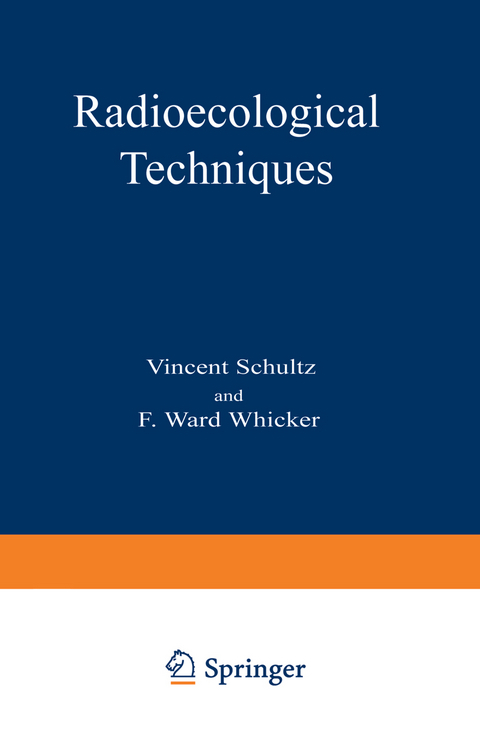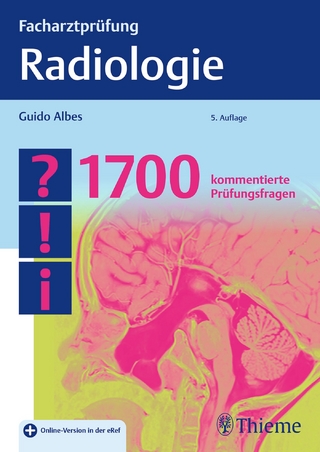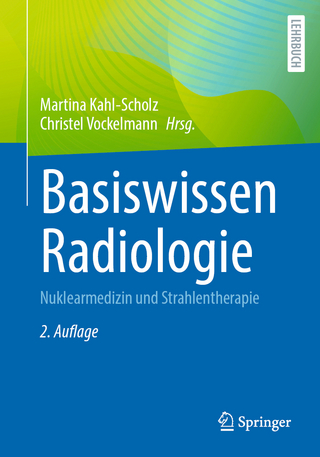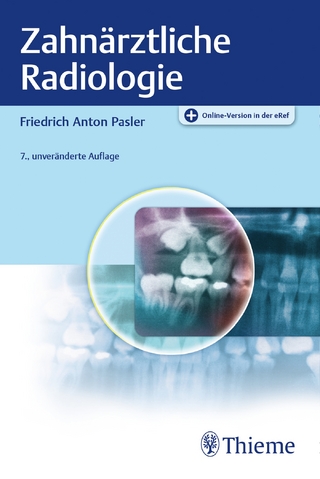
Radioecological Techniques
Springer-Verlag New York Inc.
978-1-4684-4036-2 (ISBN)
1. Introduction.- 1.1. General Comments.- 1.2. Relevant Literature.- 2. Dating Techniques.- 2.1. General Comments.- 2.2. Methods and Applications.- 3. Neutron Activation.- 3.1. General Comments.- 3.2. Applications.- 4. Autoradiography.- 4.1. General Comments.- 4.2. Applications.- 5. Radiation Sources and Dosimeters.- 5.1. General Comments.- 5.2. Radiation Sources.- 5.3. Dosimeters and Dosimetry.- 6. Behavioral Studies.- 6.1. General Comments.- 6.2. Invertebrates.- 6.3. Vertebrates.- 7. Hydrological Studies.- 7.1. General Comments.- 7.2. Sediment Movement.- 7.3. Water Movement.- 7.4. Soil-Moisture Determination.- 8. Physiological Studies.- 8.1. General Comments.- 8.2. Terrestrial Organisms.- 8.3. Aquatic Organisms.- 9. Primary-Productivity Determination.- 9.1. General Comments.- 9.2. Carbon-14.- 10. Cycling Studies.- 10.1. General Comments.- 10.2. The Organism.- 10.3. The Ecosystem.- 11. Miscellaneous Techniques and Equipment.- 11.1. Environmental Pollutants.- 11.2. Sterile-Male Method of Insect Control.- 11.3. Other Techniques.- Appendix: Physical Characteristics of Radionuclides Discussed in This Volume.- Literature Cited.- Additional Readings.
| Erscheint lt. Verlag | 12.12.2012 |
|---|---|
| Zusatzinfo | 74 Illustrations, black and white; 310 p. 74 illus. |
| Verlagsort | New York, NY |
| Sprache | englisch |
| Maße | 152 x 229 mm |
| Themenwelt | Medizinische Fachgebiete ► Radiologie / Bildgebende Verfahren ► Radiologie |
| ISBN-10 | 1-4684-4036-5 / 1468440365 |
| ISBN-13 | 978-1-4684-4036-2 / 9781468440362 |
| Zustand | Neuware |
| Haben Sie eine Frage zum Produkt? |
aus dem Bereich


